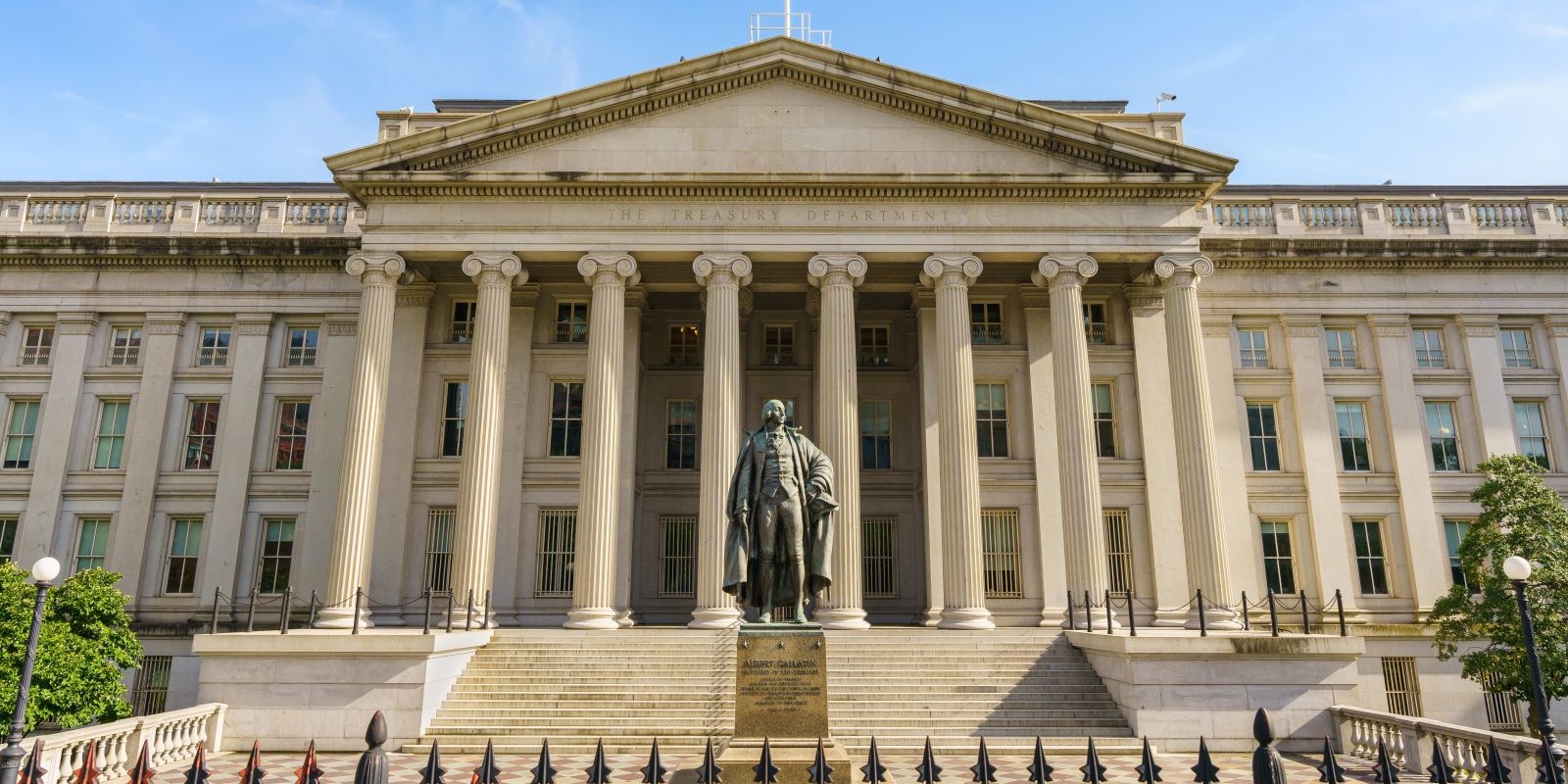Secure Act 2.0 Brings Big Tax Changes to Retirement Plans

A huge government funding bill has become the vehicle for enactment of major changes to tax-favored retirement accounts. Division T of H.R. 2617, the “Consolidated Appropriations Act, 2023,” contains the “Secure Act 2.0,” which does the following:
- Delays required minimum distributions (RMDs)
- Allows more generous catch-up contributions
- Expands automatic enrollment in employer plans
The Act includes other significant, mostly favorable changes to retirement plans, described below.
The first Secure Act was enacted in 2019, and Congress has been trying to add to those reforms for 3 years. Even with the current gridlock in Congress, this bill had bipartisan support and is designed to help taxpayers to increase their retirement savings, given the statistics showing many people have inadequate retirement funds.
According to the Census Bureau’s figures for 2020, 34.6% of working-age individuals (ages 15 to 64) had 401(k)-style accounts, 18% had an IRA or Keogh account and 13.5% had a defined-benefit or cash balance plan. The median value of 401(k) accounts was $30,000, and the median IRA or Keogh value was $30,820.
The Census Bureau noted that there is substantial inequality among those who own retirement accounts. Baby boomers, men and non-Hispanic White and Asian individuals most likely to own retirement accounts. While many changes are designed to boost savings among underrepresented groups, some provisions are beneficial to high-income taxpayers, like the increased age for taking required distributions.
Detailed Explanation of Changes
RMDs Delayed
The Act raises the age for having to begin required distributions from 72 to 75 over 10 years, with the first increase to age 73 in January 2023. The RMD age goes up to 75 in 2033. This change will allow taxpayers to increase their savings and defer taxes on their accounts for an extended period of time.
The Act also eliminates the pre-death RMD requirements for employer Roth plans.
Penalty Changes
The legislation reduces the penalty on distributions to correct excess contributions. It also reduces the penalty for not taking a required distribution from 50% to 25%.
More Generous Catch-Up Contributions
Currently, taxpayers who are 50 and older can add an extra $7,500 annually toward their 401(k)s. The extra contribution limit will rise to $10,000 in 2025 but only for those age 60 to 63. Catch-up contribution limits will be adjusted for inflation. Note that catch-up contributions for taxpayers with incomes in excess of $145,000 will not be tax-deferred but will be treated like Roth contributions. This income limit will be indexed for inflation.
Rollovers from 529 Plans to Roths
The new law allows beneficiaries of Sec. 529 education savings plans to make tax-free and penalty-free direct rollovers to a Roth IRA after 2023. Rollovers are subject to annual Roth contribution limits, and the 529 plan must be more than 15 years old. Total rollovers are limited to $35,000.
Automatic Enrollment
A major change is that employers now will be required to enroll employees in 401(k) and 403(b) plans starting in 2025. Minimum contributions of 3% are mandated, and employees will be able to opt-out of participation. Employee contributions must increase by 1% each year until they reach 10%. Automatic contributions cannot exceed 15%, though.
Small businesses with fewer than 10 employees, churches and governmental plans, and employers in existence for less than 3 years would be exempt from the auto-enrollment requirement.
Earlier Coverage for Part-Time Workers
The Act reduces the time it takes for a part-time worker to become eligible for a company retirement plan from 3 years to 2 consecutive years if the employee works 500 hours or more each year. To be covered, the employee must reach age 21 by the end of the second year. This provision takes effect in 2025.
Early Withdrawals and Emergency Savings Accounts
Usually if taxpayers withdraw money early from their tax-favored retirement plans, a 10% penalty applies. There are a number of exceptions to this rule, and the Secure Act adds another one. Employees may withdraw one penalty-free distribution of up to $1,000 per year for emergency expenses. Taxpayers have the option to repay the distribution over three years. No further emergency distributions are allowed during repayment period unless the distribution is restored.
The Act establishes a new program allowing employers to automatically enroll employees in an emergency savings account program that would use after-tax contributions to fund the account. Contributions may not exceed 3% of an employee’s salary up to $2,500.
These provisions take effect after 2023.
Student Loans Paydowns
The Act allows individuals to treat student loan payments as elective deferrals to their retirement plan and still receive employer matching contributions to their 401(k)s, 403( b)s or SIMPLE IRAs. This provision takes effect in 2024.
New Starter 401(k) and 403(b) Plans
The Act establishes two new retirement plans to encourage employers to establish plans for their employees if they do not already have one. The plans, starter 401(k) deferral-only arrangements and safe-harbor 403(b) plans, do not have matching employer contributions. An employee’s elective contributions each year may not exceed $6,000, adjusted for inflation. Catch-up contributions of up to $1,000 may be made by employees aged 50 or older.
Credit for Small Employers’ Start-Up Costs
The credit for establishing a retirement plan by employers with 50 or fewer employees is increased from 50% to 100% of start-up costs. Employers with 51 to 100 employees will continue to get a 50% credit. The maximum credit each year is $5,000, and the credit is only allowed for the first three years the retirement plan is in place.
An additional credit is allowed for employer contributions to the new retirement plans for the first 5 years the plan is in place, up to $1,000 per employee. The credit is not available for employees who make more than $100,000, adjusted for inflation.
These rules go into effect immediately.
Qualified Longevity Annuity Contracts
The Act relaxes the rules for qualified longevity annuity contracts–annuities funded with retirement plan investments that have payments that begin at the end of an individual’s life expectancy. The Act repeals the 25% premium limit for these contracts and increases the premium limitation from $125,000 to $200,000.
Income Limits Increased for Savers’ Credit
The Act raises the income limit for eligibility for the savers’ credit and changes the credit into a federal matching contribution to be deposited into a taxpayer’s retirement account. The previous income limit was close to $40,000 for a married couple. The eligibility limit has been increased so it phases out between $41,000 and $71,000 of income. The federal contribution amount is 50% of IRA or retirement plan contributions up to $2,000 per person. This change does not take effect until after 2026.
National Lost Retirement Account Database
The Act will make it easier for employees to find lost retirement accounts by requiring the Department of Labor working with the Treasury Department to create a searchable national, online database of lost accounts. The database, the “Retirement Savings Lost and Found,” will be created within two years.
What it Means For Employers
While many provisions will help businesses who want to expand their employees’ retirement options, some could place new burdens on employers by requiring that they automatically enroll new employees and that they allow part-time employees to qualify for plans more quickly. On the other hand, the legislation makes changes that ease burdens on employers, introduce flexibility into plan rules and add financial incentives to boost employee participation. Overall, the financial and benefits plan industries support the changes made by this far-reaching legislation. See ALM Benefit Pros’ survey of nine industry leaders’ reactions to its passage.
What Does SECURE stand for?
Setting Every Community Up for Retirement Enhancement.
Conclusion
The Secure Act 2.0 contains significant provisions to facilitate retirement savings, reduce burdens on businesses and encourage employers to sponsor tax-favored retirement plans. The changes described above are just some of the many revisions made by the Act. The Act’s provisions have varying effective dates, so it is important to consider the details of each change to see when the rule changes begin. Consult your Frazier & Deeter tax advisor to determine how the provisions of the Act can benefit both you and your business.
Explore related insights
-
Treasury Secretary Explains Vision for IRS at Committee Hearing
Read more: Treasury Secretary Explains Vision for IRS at Committee Hearing
-
Georgia Gives Farmers and Timber Producers Tax Relief to Offset Hurricane Damage
Read more: Georgia Gives Farmers and Timber Producers Tax Relief to Offset Hurricane Damage






